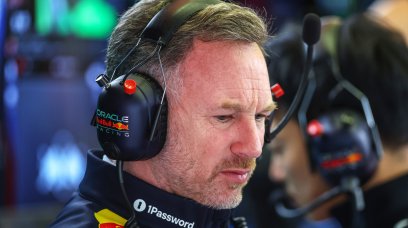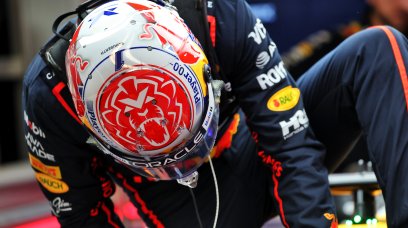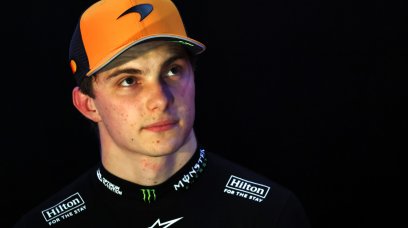Drivers could be disqualified from the Canadian Grand Prix should their teams fail to comply with the FIA's new plan to tackle porpoising in Formula 1 under a new Technical Directive, as divulged to RacingNews365.com by a source. The FIA has announced that it will enact long-term measures to "reduce or eliminate" porpoising. But for now, the governing body will demand that teams ensure their cars are safe and running without any extreme bouncing. Those bouncing problems can cause drivers to become distracted and unable to concentrate at high speed, which the FIA say is reason enough to view porpoising as a serious safety concern. For the Canadian Grand Prix, teams will have to pass a special technical inspection geared at preventing porpoising. Should the FIA find that a car is oscillating too hard or too often, the ride height of the car must be adjusted. Without doing so, the car will not pass the inspection and could be disqualified. According to Article 10.2 of the International Sporting Code, the stewards may disqualify a car considered to be dangerous.
How will the FIA monitor bouncing in Canada?
The FIA will monitor the bouncing of cars using an Aerodynamic Oscillation Metric (AOM), calculated using the accelerometers already fitted to F1 cars. These accelerometers can measure, among other things, vertical oscillations (bouncing). The FIA will then view the data and determine whether a car is bouncing too severely or too often and, therefore, whether it is safe to go racing. Based on the data collected by the accelerometers, the FIA will draw up an AOM matrix to determine a prescribed parameter. Teams must calculate the AOM for their car based on three laps in FP3, without using DRS. Once the car's AOM has been determined, set-up decisions such as ride height, vertical stiffness and aerodynamic configurations will be locked in place for the remainder of the weekend. There are some exceptions, however, including the raising of a car's ride height, altering tyre pressures, and adjusting front wing flaps. Should a team wish to change their set-up, this can only be done by submitting a new AOM calculation. If the team cannot meet the requirements of the FIA, the ride height must be increased by (minimum) 10 millimetres.
What are the FIA's long-term plans?
As the teams have only limited time to ensure their cars pass all tests, the FIA will allow a number of exceptions for the Canadian Grand Prix weekend. For example, the floor - for this race weekend only - may be reinforced with an extra stiffening stay, mounted further forward to the one already adopted, linking the chassis to the top of the floor. In addition, teams can make the top surface of their floors stiffer in ways that may not fully comply with the current regulations or may partially protrude outside the regulatory volume. However, any breaches in order to reduce porpoising will be overlooked this weekend. Should these solutions prove effective, their formal introduction will be discussed at an upcoming Technical Advisory Committee (TAC) meeting. The FIA will then seek approval from the World Motorsport Council (WMSC) at the earliest opportunity. There is a WMSC meeting at the end of June.
Most read






